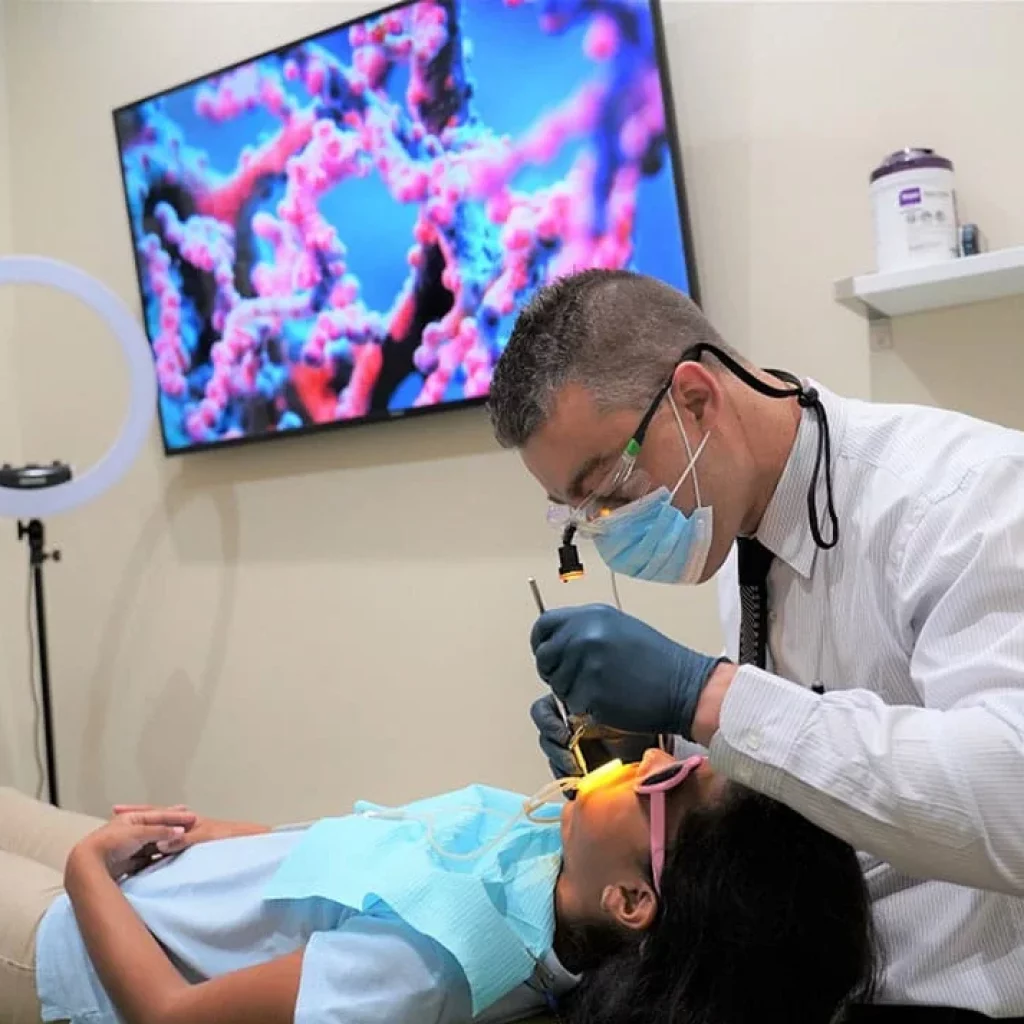Bite Turbos are tiny acrylic pads, ramps, or mounds cemented to the chewing surfaces of any back tooth or the tongue-side of the upper front teeth. In the adult orthodontics Miami office, they may be metal, red, blue, or a natural hue. They momentarily connect bite turbo to open your bite. They enable teeth to move without bumping into one another because they maintain your teeth apart. Wearing bite turbos can speed up the process of fixing some issues. Therefore, the name "turbo"!.

Bite blocks can be pink, blue, red, silver, or tooth-colored. Bite blocks might be spring-loaded in rare circumstances. Occasionally, they position biting blocks on the tongue-side of your front teeth in the form of an L or a triangle. On other occasions, they fixed flat or mounded to the tops of your back molars.
What is the use of a bite turbo for braces?
Suppose your orthodontist Miami beach has prescribed bite blocks. In that case, it's likely because the way your teeth touch one another could harm or delay the straightening process. Bite blocks or turbos also prevent you from biting down your brace's brackets and snapping them off. Or worse, damaging your tooth if you have an overbite, crossbite, crowding, or deep bite.
Although we typically use traditional orthodontic braces in conjunction with bite blocks, Miami orthodontic specialists may utilize them independently. Bite blocks can help correct a crossbite in childrens and younger patients.

Is there any significant side effect of using bite turbos?
Like any other device, bite blocks can pose some problems, especially at first. Here we mention some common concerns and what you should do to fix them.
Speech impairment
Some persons may lisp or make vowel sounds differently when speaking due to biting blockages in the path of their tongue. Blocks affixed to your teeth' lingual (inside) surface are more likely to cause this issue. Even when speaking to individuals you know well, changes to your speech pattern may make you uncomfortable.
Problems Chewing
The best orthodontist in Miami fl says chewing while experiencing a biting block modifies the way your jaw muscles function. When your teeth don't meet the same way they used to, it can take time to learn how to chew properly. You might wish to select foods that demand less forceful chewing while you're getting used to a new eating regimen.
Foods that require much chewing, like steak, will likely be challenging and painful. Most of the time, soft foods are preferable. To make eating easier when you have bite blocks in place, you might wish to start by chopping your meal into smaller chunks. You should have adjusted to the bite blocks and discovered new chewing patterns after about a week.
Discomfort
As your teeth start to migrate into new locations in your mouth after getting braces, you could experience some discomfort. Bite blocks may add to your discomfort because the force you use to chew is solely located in the places where your bite plates hit your teeth. Over-the-counter pain relievers like ibuprofen can reduce most of the pain. Anesthetic gels like Anbesol or Orajel may occasionally be helpful.
Conclusion
We hope the above-given information may help in learning some valuable and beneficial factors regarding Bite turbos. For more informative details regarding bite turbos, please visit ivanovortho.com.
Article Source : https://www.bloggingbeep.com/what-exactly-are-bite-turbos/
